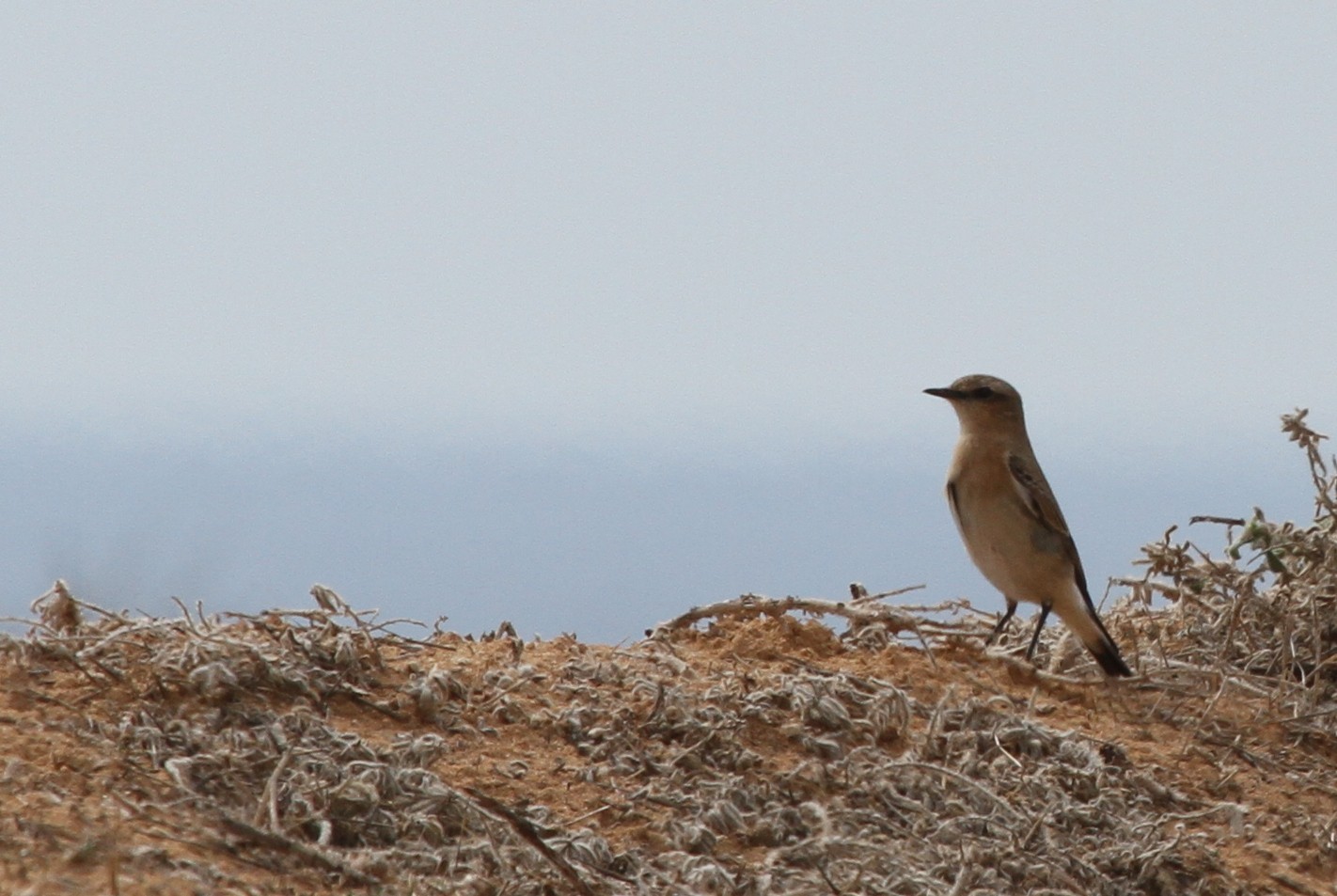Northern Wheatear
A species of Wheatears Scientific name : Oenanthe oenanthe Genus : Wheatears
Northern Wheatear, A species of Wheatears
Botanical name: Oenanthe oenanthe
Genus: Wheatears
Description
A small thrush, the northern Wheatear is capable of producing multiple sounds that range from whistles to trills, and even mimicking other bird species. The Eurasian bird prefers open habitats during the non-breeding season. When breeding, the thrush looks for areas with grass or rocks. Its primary food sources are insects and their larvae.
Size
14 - 15 cm
Life Expectancy
7 years
Nest Placement
Ground
Feeding Habits
Northern Wheatear, primarily insectivorous, consumes various insects and occasionally berries. Exhibits foraging behavior, searching for prey on the ground. No unique dietary adaptations noted.
Habitat
Northern Wheatear's habitat spans open-country landscapes marked by short vegetation, such as meadows, heathlands, and tundra. This species is versatile, occupying regions from hot deserts to cold Arctic climates, often avoiding tall grasses, dense woods, or heavily farmed areas. Northern Wheatear is present in environments with low to moderate rainfall and is adaptive to certain human disturbances, inhabiting altitudes from sea level to high mountains.
Nest Behavior
The male northern Wheatear defends its territory with song, and the female likely constructs the nest. Egg-laying and the timing of nest building are closely aligned with seasonal availability of suitable nesting sites. Both parents care for the young.
Nest Characteristics
Northern Wheatear nests on the ground, typically in a hole under a rock, in crevices among stones, or in an old rodent burrow. The nests are variably shaped cups made of grass, twigs, and weeds, and are lined with moss, lichens, rootlets, and fine grass.
Dite type
Insectivorous
People often ask
Migration Overview
The northern wheatear makes one of the longest journeys of any small bird, crossing ocean, ice, and desert. It migrates from Sub-Saharan Africa in spring over a vast area of the Northern Hemisphere that includes northern and central Asia, Europe, Greenland, Alaska, and parts of Canada. In autumn all return to Africa, where their ancestors had wintered. 
General Info
Feeding Habits
Bird food type
Sounds
Call
Recording location: Belgium
Song
Recording location: France
Species Status
The northern wheatear has an extensive range, estimated at 2.3 million square kilometres (0.87 million square miles), and a large population estimated at 2.9 million individuals in the Old World and the Americas combined. The species is not believed to approach the thresholds for the population decline criterion of the IUCN Red List (i.e., declining more than 30% in ten years or three generations), and is therefore evaluated as least concern. 
Scientific Classification
Phylum
Chordates Class
Birds Order
Perching birds Family
Old world flycatchers Genus
Wheatears Species
Northern Wheatear 